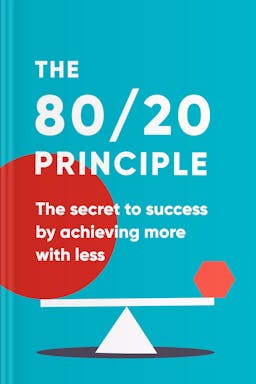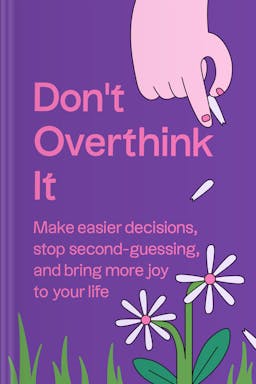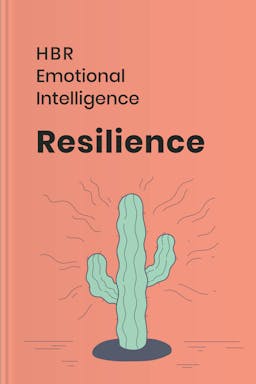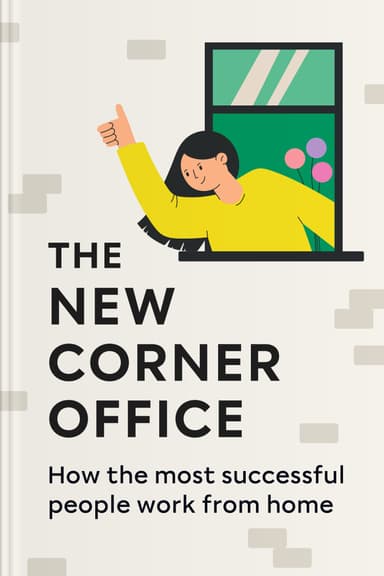
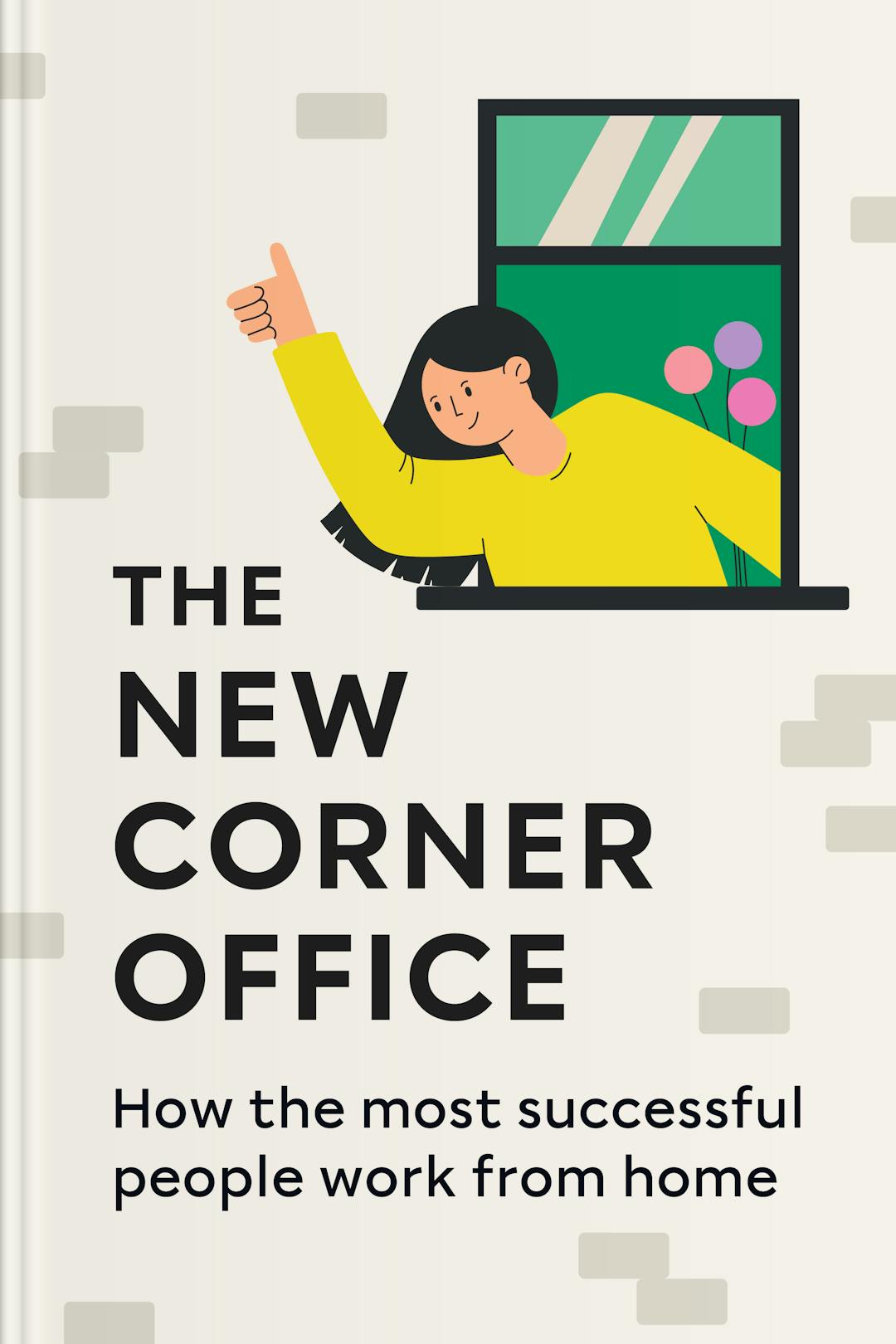
Summary of The New Corner Office
Short summary
Table of content
- Summary of The New Corner Office
- About the author
- What is The New Corner Office about?
- Who should read The New Corner Office
- Topics in The New Corner Office
Manage by task, not time
The concern is legitimate, given that the business world has always had people working 9-5 in office buildings where no one was allowed to leave unless it's 5 pm. However, statistics from a poll conducted in 2020 revealed that self directed, high performing employees were committed to their work when they worked remotely. The majority of them even got more work done from home.
Less engaged employees who weren't high performers even while working in office buildings with coworkers didn't show any sign of improvement.
If you're running your own show, working as an employee, or managing a group of employees, here is one powerful tip for working remotely: manage by task, not time.
Rather than set hourly goals for yourself, determine to set goals by the tasks to be accomplished instead. Let's say you're a paid ads specialist in an organization. Your goal shouldn't be to work eight hours a day. Instead, set targets for the number of ads you'll run or manage per day.
The reason working by tasks and not time is so effective is that it allows you to spread your work hours as you want. You can work a few hours in the morning, take a break and continue at night. This ensures that you don't work just because you have to log in the hours, but you work at the hours you're most alive.
If you don't work for yourself, either have your boss set the weekly targets for you, or come up with one and show him or her. Once you have the target you'll be working on for the week, it's time to take a few hours off to actually plan the week. You can dedicate Friday afternoons to planning your coming weeks.
Plot the rhythms of your days to help you get more work done

Going remote doesn't mean you can't have workplace social engagements
Think big
Get more comfortable working remotely
Conclusion
What is The New Corner Office about?
Who should read The New Corner Office
Topics in The New Corner Office


Enjoy summarized nonfiction bestsellers
Grasp the book’s key ideas in less than 15 minutes
Get startedGet new knowledge easily
Let’s check how many titles you can finish in a month with Headway! Tell us how much time you’d like to spend on reading:
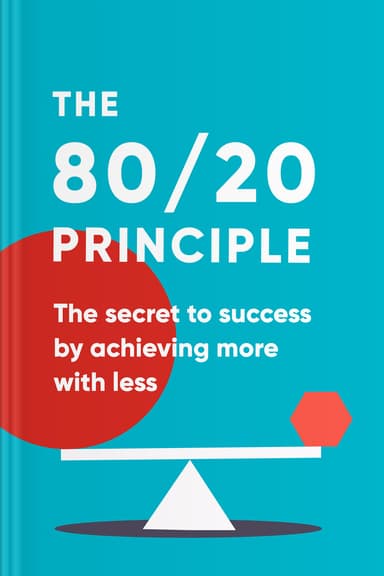





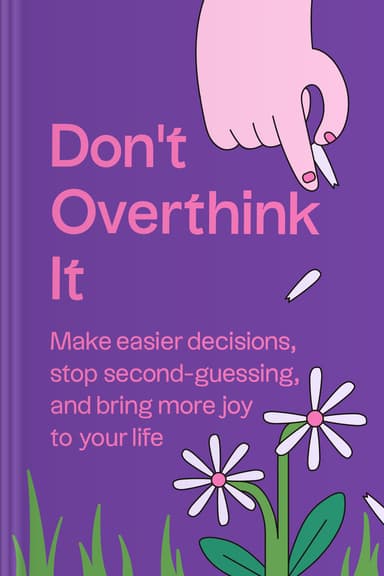




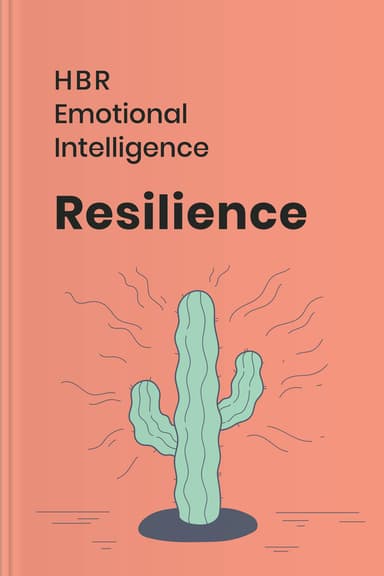





Join 30+ million learners around the world
Everything you need to be motivate, to learn & to self improves is all here. I actually do appreciate the reminders because otherwise this wouldn’t work for me. Thank you
Headway is the answer! No longer accumulating books I never read. With Headway, I initially chose the areas important to me such as productivity, time management, etc., and each day I'm provided several book summaries from which I devote 20 minutes or more each day reading. All of this on my phone! My life has improved with Headway. Truly my most useful app.
An excellent concept, executed well. Headway can help you retain what you've read while introducing you to the essential core of new information. It's an easier way to stay inspired, and to be reminded of the mental tools you've learned
In today’s world, we rarely have time. Between our jobs, our families are social obligations, when do we have time to grow and develop ourselves? Headway is an excellent app that gives you that time it gives you those little snippets of information that you need to direct your focus in on your life. Headway gives you a chance to find out the meat of a book that you might want to purchase and read or listen to in-depth without wasting a lot of time trying to figure out is this book for me? I highly recommend the app.
The selections are on point and the summaries are excellent! I listen while I walk my pup 🐶 and have in turn, ordered a few selections! REALLY loving the app, it’s layout, daily selections and features!
I've gotten multiple books out of the library with the intent to read them, but always have a hard time finding the time. This app has helped me finally be able to get to them. Summarized, yes, and thank goodness too! Just short enough I can finish one on my way picking kids up from school/practice, or while I'm cooking dinner. I can't wait to listen to them over the summer when we visit the beach!
It amazed me! There is the possibility to highlight the most important points of each book and instantly translate unfamiliar vocabulary. With the ability to review the searched words. It's a great way to learn more about English as well. The price is great.
I’m enjoying what I’m learning on headway.each summary comes with quotes at the end which you can save to help you remember key points. You can listen or read, I’ve found that reading puts me to sleep before I can finish but the listening feature keeps me engaged and I can finish in a brief amount of time if not one session.
The app it’s so easy to use. I use it while driving or cooking and is great. I love the fact that the chapters are short, so you can finish them quickly. Very knowledgeable.
The best app for self development.It helps to keep pace with your reading and also suggests the kind of reading material you might like.It is fun as you can switch from reading to listening and vice-versa as per your convenience .Just get started and partake of the treasure of knowledge at your fingertips .I feel lucky to have spotted the app.It has helped me become self-disciplined and much better informed.The audio track is excellent.
Exactly what I need! I always have booklist to read, but can't committed enough to finish/start bc of too much pages. Headway is really helpful and concise with their summary. What I love the most is that the essence of the book is well crafted, so I don't only read the key points, but also there's the story and how personality of the author still well shown through the summary. Well done!
This is outstanding best app ever and honestly whoever came up with is my app is an absolute genius kudos my gratitude definitely goes out and I’m only on my first week free trial and I’m certainly going to purchase this app annually. Now that I have it, I can’t even imagine living without it.












